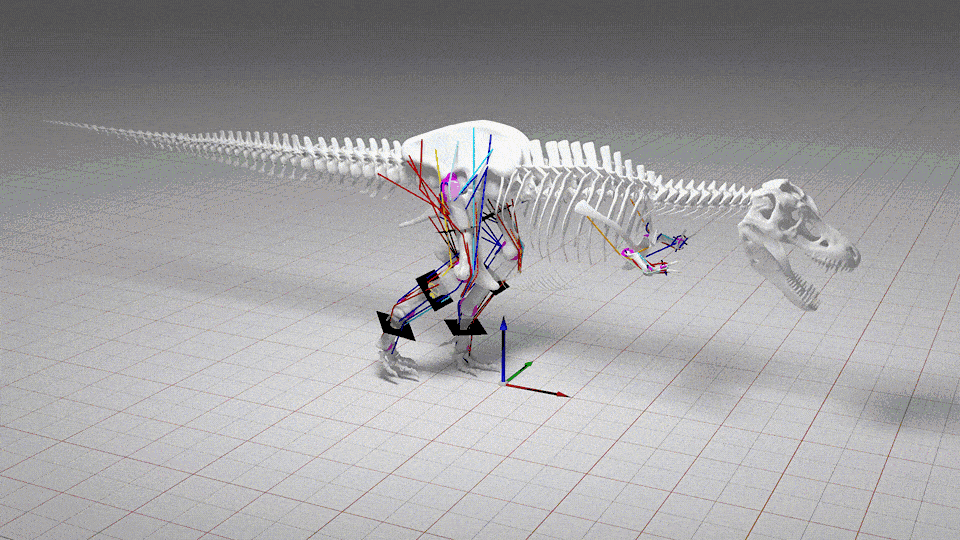When you purchase through links on our site , we may earn an affiliate commission . Here ’s how it works .
researcher pass by Bhart - Anjan Bhullar , a fossilist and developmental biologist at Yale University and developmental life scientist Arhat Abzhanov at Harvard University reverted the beaks of chicken embryos intoVelociraptor - like snout . Here ’s a facial expression at the chicken experimentation and effect . [ register the full storey on the chicken embryos with dinosaur snoot ]
A forward-looking schnozzle

The dinosaur - nosed chicken embryos revealed that simple familial pinch might have run to the development of snout in the ancestors of wench . In fact , such anatomical changes are escort in an extinct relation of modern birds — The 85 - million - year - oldHesperornisbird ( shown here ) has the first - fuck modern beak and palate . Hesperorniswas discovered by the dandy Yale palaeontologist Othniel Charles Marsh in the middle of the 1800s . Credit : Copyright Yale Peabody Museum of Natural History .
Early embryo face
The investigator found that the bird beak constitute from a pair of small bones called the premaxillae at the tip of the upper jaw . Unlike in other animals , the premaxillae are enlarged and immix in birds . Here , a look at these facial development genes , telephone Fgf8 and Lef1 , in turtleneck , alligators and birds . The activity of these two genes differs between birds and reptiles ahead of time in embryonic maturation . citation : Bhart - Anjan S. Bhullar , Arhat Abzhanov et al . , journal Evolution

Velociraptor snout
The research worker line up that the activity of the two facial development genes in birds differed from that of reptiles early in embryotic development right in the middle of their faces . They developed molecules that inhibit the activity of the proteins that these genes produced , which moderate to the embryos developing snout that resembled their ancestral dinosaur state , more likeVelociraptor(shown here ) orArchaeopteryx .
No teeth !

Even though the chicken embryos developed wide , rounded snouts rather than beaks , they still did n’t have teeth ( likeArchaeopteryx , shown here , would have sported ) and sported a horny report on the olfactory organ , the researchers said .
Palatine bones
An creative person rendition of the non - avian dinosaurAnchiornis(left ) and a partridge , a rude modern skirt ( right ) , with snout rendered transparent to show the premaxillary and palatal bones . Credit : John Conway .

adapted embryo
Here , CT scans of the palates of normal chickens , the " altered " conceptus and a non - avian dinosaur showing the broad os palatinum bone ( red ) . Below is the New beak and palatine of the toothy birdHesperornis . Credit : Bhart - Anjan S. Bhullar
poulet skulls

CT cans of the skull of a ascendancy chicken embryo , altered crybaby conceptus and an alligator embryo . The chicken embryo whose protein activity had been modified testify the transmissible snout — or paired , short , rounded premaxillary bones . The shape of these bones and their want of midline nuclear fusion reaction make them more similar to those of alligator and of non - avian dinosaur than of unaltered birds . Credit : Bhart - Anjan S. Bhullar




















